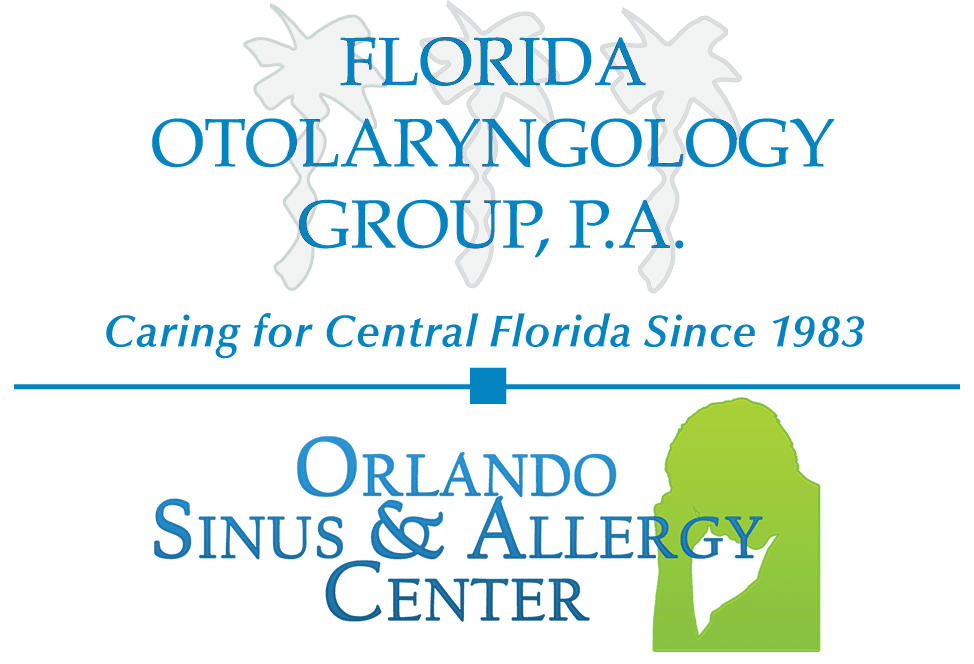What is Eustachian Tube Dysfunction?
It is likely that you’ve experienced pressure in your ears at some point in your lifetime. It’s an uncomfortable sensation that feels like one or both of your ears are extremely full, clogged, or plugged up with fluid. While there are plenty of possible reasons to experience pressure in the ear, the most common include allergies, sinus infections, earwax buildup, and changes in altitude when you’re scuba diving or descending on an airplane. If you’re wondering why someone always tells you to swallow when experiencing pressure in the ears, here is why.
What Is the Eustachian Tube & Where Is It Located?
There is a very small tube or canal that connects your middle ear behind the eardrum to your nasopharynx which is at the back of your nasal cavity and your upper throat. This very narrow tube is called the eustachian tube, and its purpose is to equalize the air pressure within the middle ear ensuring that it remains equal to the air pressure outside the body. It also serves as a drainage pathway for fluid buildup in the middle ear.
The majority of the time, your eustachian tube is closed. The only time when it briefly opens is when you are yawning, swallowing, or chewing gum or food. It opens briefly during these periods of time to allow air to pass between the middle ear and your nasal cavity/throat.
Popping Open the Eustachian Tube: How to Do It?
When you experience an immense amount of pressure in your ears, it’s because there is too much pressure trapped inside your middle ear, causing you discomfort, ear fullness, and sometimes even pain. This is why others will often tell you to swallow repeatedly to pop open your eustachian tubes in order to relieve the pressure in your ears. This is also why it is recommended that you chew gum or swallow when you are descending on an airplane, as the extreme change in altitude causes a massive imbalance of air pressure between the inside of your ears and the outside.
If you have a properly functioning eustachian tube, simply close your mouth and take in a breath of air. Then pinch your nostrils shut and “swallow” the air to get your eustachian tubes to pop open. You may also choose to chew gum, suck on candy, or yawn a lot to have the same effect.
What Happens If My Eustachian Tubes Don’t Pop Open?
If swallowing or yawning does not relieve the pressure in your ears, it’s likely that your eustachian tubes aren’t popping open. This may cause you to feel ear pain, the sensation as if you are underwater, some slight to moderate hearing loss, and dizziness. If this is the case, and the symptoms do not gradually fade away, we recommend that you visit an ENT specialist. They will be able to examine your nasal cavity, upper throat, and middle ears to see if you have eustachian tube dysfunction which is when the eustachian tubes become blocked. If you have eustachian tube dysfunction, a proper course of treatment will be recommended to you. Treatment sometimes includes medications, ear tubes, or balloon dilation of the eustachian tubes.





